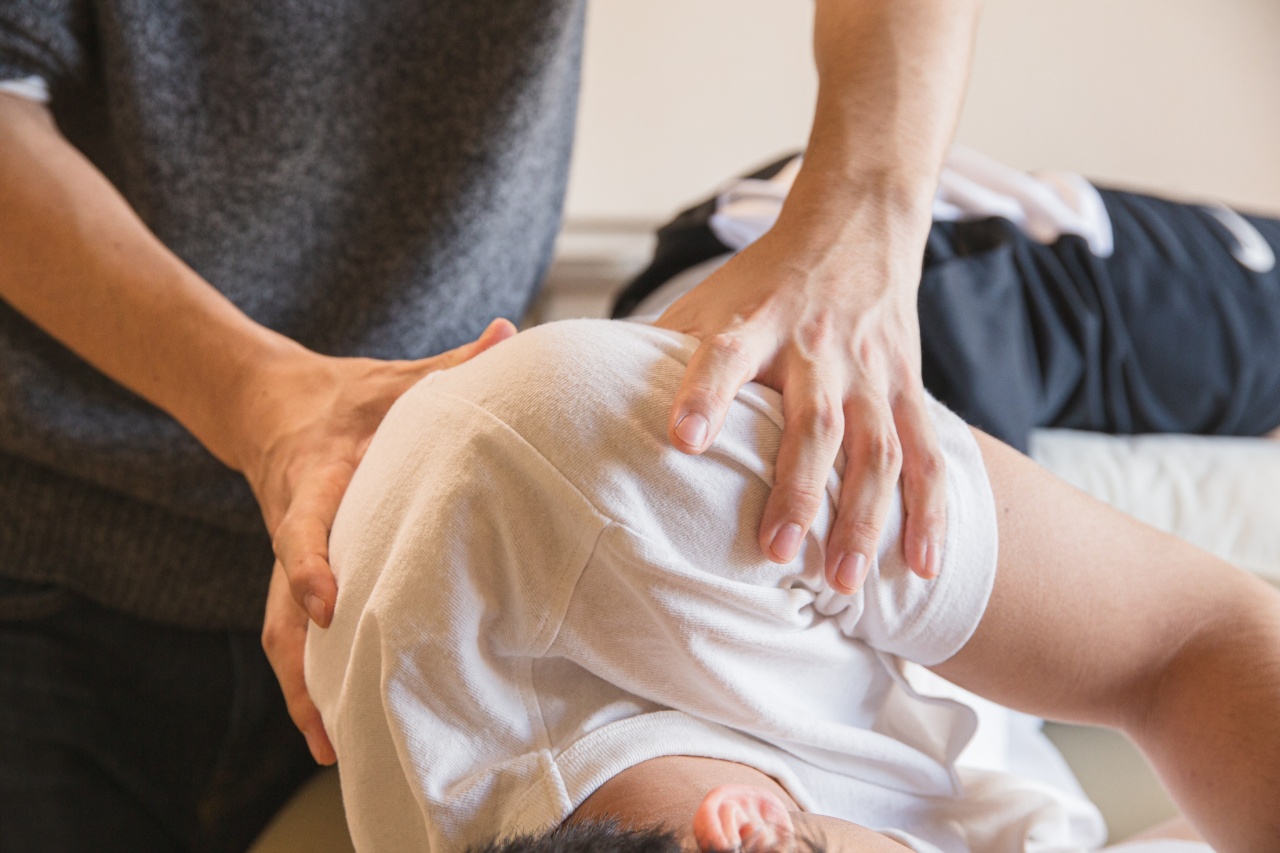Heel pain is a common foot condition that can affect anyone, from athletes to office workers. It can significantly impact daily activities and mobility if left untreated.
Understanding the causes, symptoms, and treatment options for heel pain is essential in finding relief and preventing further complications.
Causes of Heel Pain
Heel pain can have various underlying causes. It is essential to identify the root cause to determine the most effective treatment. Some common causes of heel pain include:.
Plantar Fasciitis
Plantar fasciitis is the leading cause of heel pain. It occurs when the plantar fascia, a thick band of tissue that runs along the bottom of the foot, becomes inflamed or irritated.
This condition is often associated with overuse, excessive physical activity, or prolonged standing.
Achilles Tendinitis
Achilles tendinitis is the inflammation of the Achilles tendon, which connects the calf muscles to the heel bone. It is commonly caused by overuse, repetitive strain, or sudden increase in physical activity.
Individuals participating in running or jumping sports are particularly susceptible to this condition.
Heel Spurs
Heel spurs are bony growths that develop on the underside of the heel bone. They often occur in conjunction with plantar fasciitis. Heel spurs can cause intense pain, especially when walking or standing for prolonged periods.
Stress Fractures
Stress fractures are tiny cracks in the bones of the foot, including the heel bone. They are usually caused by repetitive stress or overuse.
Athletes who participate in high-impact sports and those with weak bones are more prone to developing stress fractures.
Symptoms of Heel Pain
The symptoms of heel pain can vary depending on the underlying cause. However, some common signs and symptoms include:.
Pain and Discomfort
Heel pain is often characterized by a sharp or stabbing sensation in the heel or along the bottom of the foot. The pain may be worse in the morning or after periods of rest, and it can intensify with prolonged standing or physical activity.
Swelling and Inflammation
Inflammation and swelling are common symptoms associated with heel pain. The affected area may appear red, warm to the touch, and feel tender when pressure is applied.
Limited Range of Motion
Some individuals with heel pain may experience a restricted range of motion in the foot and ankle. This can make activities like walking, running, or climbing stairs difficult and painful.
Treatment Options for Heel Pain
The treatment for heel pain depends on the underlying cause and the severity of symptoms. Here are some commonly recommended treatment options:.
Rest and Modification of Activities
Resting the affected foot and avoiding activities that worsen the pain is crucial for the healing process. This may involve reducing or modifying physical activities to relieve stress on the heel.
Ice Therapy
Applying ice to the heel can help reduce inflammation, swelling, and pain. Ice packs should be wrapped in a thin towel and applied to the affected area for 15-20 minutes several times a day.
Stretching and Strengthening Exercises
Specific stretching and strengthening exercises can help alleviate heel pain. These exercises focus on improving flexibility, strengthening the muscles and tendons in the foot, and reducing stress on the affected area.
Orthotic Devices
Orthotic devices, such as shoe inserts or custom-made orthotics, can provide support and cushioning to the foot. They help redistribute pressure, reduce pain, and correct any biomechanical issues that may contribute to heel pain.
Physical Therapy
Physical therapy may be recommended to address underlying musculoskeletal imbalances, weaknesses, or dysfunctional movement patterns contributing to heel pain.
A physical therapist can provide specific exercises and techniques to promote healing and prevent recurrence.
Medications
Nonsteroidal anti-inflammatory drugs (NSAIDs), such as ibuprofen, can help alleviate pain and reduce inflammation. However, it is important to consult a healthcare professional before taking any medication.
Severe Cases and Surgical Interventions
In severe cases where conservative treatments fail to provide relief, surgical interventions may be considered.
These can range from minimally invasive procedures, such as shockwave therapy or corticosteroid injections, to surgical interventions like plantar fascia release or heel spur removal.
Preventing Heel Pain
Prevention plays a vital role in avoiding heel pain and its associated complications. Here are some measures that can help prevent heel pain:.
Wearing Appropriate Footwear
Choosing shoes with proper arch support, cushioning, and a comfortable fit is essential. Avoid wearing high heels or shoes with inadequate support for prolonged periods.
Maintaining Healthy Weight
Excess weight puts additional stress on the feet, including the heels. Maintaining a healthy weight can reduce the risk of developing heel pain.
Gradual Increase in Physical Activity
When engaging in sports or activities involving repetitive foot movements, gradually increase intensity and duration to allow the body to adapt and avoid overuse injuries.
Listening to Your Body
Pain is a signal that something is wrong. Pay attention to any discomfort or pain in the heel and seek treatment promptly to prevent further complications.
When to Seek Medical Attention
While most cases of heel pain can be managed with self-care measures, it is important to seek medical attention if:.
– The pain persists or worsens despite resting and home treatments.
– There is severe swelling, redness, or warmth around the heel.
– The pain is accompanied by fever or signs of infection.
– There is difficulty walking or bearing weight on the affected foot.
Conclusion
Heel pain can significantly affect daily activities and quality of life. Understanding the underlying causes and treatment options for heel pain is essential for finding relief and preventing further complications.
By taking appropriate measures, seeking timely treatment, and implementing preventive strategies, individuals can effectively manage heel pain and restore normal foot function.




























